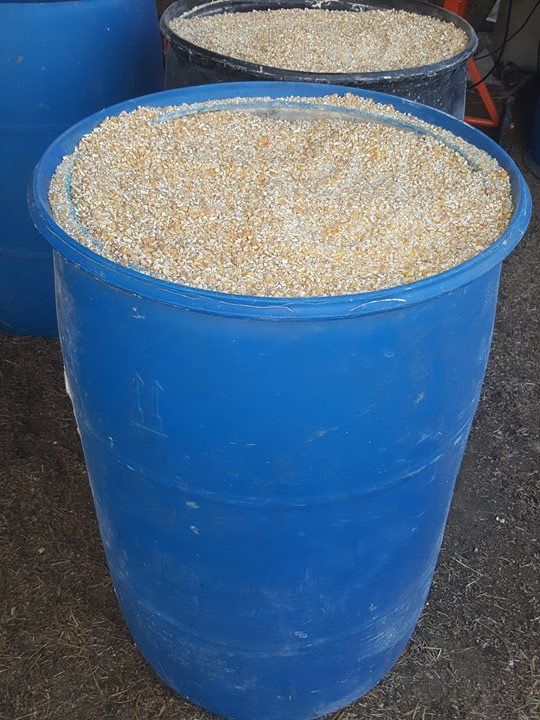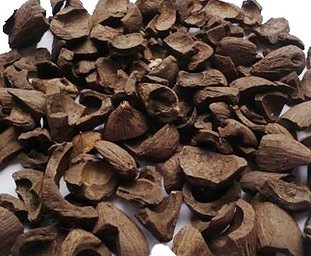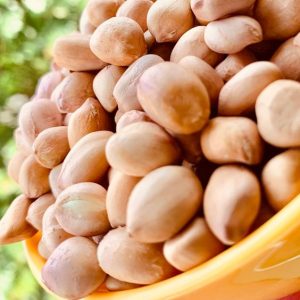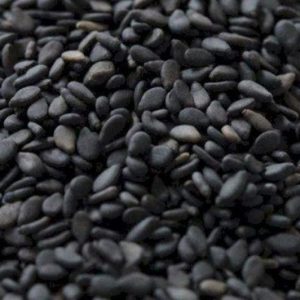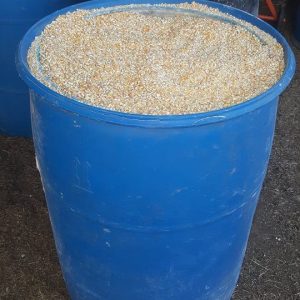Description
Palm Kernel Specifications:
1. Physical Characteristics:
- Color: Dark brown to black external shell; the internal kernel is cream to white.
- Size: Typically 1-2 cm in length.
- Shape: Oval or slightly elongated, with a hard shell.
- Texture: Hard, woody shell, with an oily, white kernel inside.
2. Moisture Content:
- Maximum: ≤ 10%.
- Palm kernels with lower moisture content are more suitable for storage and processing, preventing spoilage or mold growth.
3. Impurities:
- Maximum: ≤ 2%.
- Includes extraneous matter such as dirt, stones, or shell fragments. Low impurity levels ensure higher extraction yields.
4. Oil Content:
- Range: 45% to 50% by weight.
- High oil content is desirable as it leads to better yields during oil extraction.
5. Free Fatty Acid (FFA):
- Maximum: ≤ 2%.
- Higher levels of FFA indicate deterioration of the kernel’s oil, reducing the quality of the extracted oil.
6. Fiber Content:
- Shell Fiber Content: 12% to 15%.
- This includes the fibrous material attached to the shell, which is removed during the extraction process.
7. Kernel Shell Ratio:
- Shell: 40% to 50%.
- Kernel: 50% to 60%.
- The kernel-to-shell ratio is crucial for determining the yield of palm kernel oil and cake during extraction.
8. Foreign Matter:
- Maximum: ≤ 1%.
- Refers to materials other than the palm kernel itself, like debris, shells, or stones.
9. Protein Content (in Palm Kernel Cake):
- Range: 16% to 19%.
- This is essential for the quality of palm kernel cake used in animal feed.
10. Peroxide Value:
- Maximum: ≤ 2 meq/kg.
- The low peroxide value ensures that the oil has not been significantly oxidized, maintaining its freshness.
11. Fatty Acid Composition:
- Lauric Acid (C12:0): 45% to 55%.
- Myristic Acid (C14:0): 15% to 18%.
- Palmitic Acid (C16:0): 7% to 9%.
- Oleic Acid (C18:1): 15% to 19%.
- Linoleic Acid (C18:2): 2% to 4%.
- Palm kernel oil is highly valued for its lauric acid content, which is commonly used in soaps, cosmetics, and food products.
12. Crude Fiber (in Palm Kernel Cake):
- Range: 10% to 12%.
- Indicates the presence of indigestible materials in palm kernel cake, mainly for animal feed use.
13. Ash Content:
- Maximum: ≤ 5%.
- Higher ash content indicates more impurities in the kernel.
14. Kernel Size:
- Average Size: 1.5-2 cm in length, typically oval-shaped.
- Kernel size can affect the efficiency of oil extraction, as larger kernels tend to yield more oil.
15. Kernel Purity:
- Minimum: ≥ 95% pure kernels.
- High kernel purity is important to ensure higher oil extraction efficiency and less waste.
16. Saponification Value:
- Range: 240 to 250 mg KOH/g.
- This value is crucial for industries producing soaps and detergents.
17. Iodine Value:
- Range: 14 to 22.
- The iodine value indicates the degree of unsaturation of the fat in the kernel, affecting its stability and shelf life.
18. Packaging:
- Bulk Packaging: 50 kg or 100 kg polypropylene bags, or in bulk for industrial purposes.
- Proper packaging ensures that the palm kernels are protected from moisture and contamination during transport.
19. Storage:
- Temperature: Should be stored in a cool, dry environment, ideally between 20°C and 25°C.
- Shelf Life: Up to 12 months if stored under optimal conditions (low humidity, airtight containers).
20. Common Applications:
- Palm Kernel Oil: Extracted for use in cooking, food processing, soap, and cosmetics production.
- Palm Kernel Cake: A by-product used in the manufacture of animal feed, especially for ruminants.
- Industrial Use: Palm kernel oil is also used in the production of biodiesel, detergents, and other industrial products.
21. Extraction Process:
- Mechanical Pressing: Palm kernels are typically processed through mechanical pressing to extract the oil, with the remaining cake used for animal feed.
- Solvent Extraction: In some industrial setups, the residual oil from the cake is further extracted using solvents like hexane to maximize yield.
22. Nutritional Value (Palm Kernel Cake per 100g):
- Energy: 440 kcal.
- Fat: 6-8g.
- Protein: 16-19g.
- Carbohydrates: 35-40g.
- Fiber: 10-12g.
23. Quality Grades:
- Grade A: High oil content, low impurities, and high kernel purity. Used for high-quality palm kernel oil production.
- Grade B: Slightly lower oil content and higher impurities, used primarily for animal feed or lower-grade oil production.
Export Standards:
- Country of Origin: Major producers include Indonesia, Malaysia, Nigeria, and Ghana.
- Certification: Compliance with international phytosanitary regulations and sustainability standards (e.g., RSPO certification for palm products).
This specification ensures the quality of Palm Kernel for both oil extraction and its use in producing palm kernel cake for animal feed.

